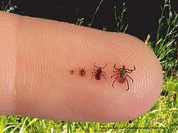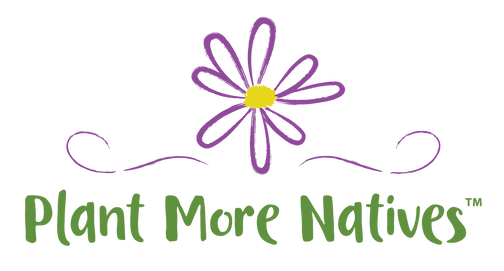 Deer Tick Life Cycle Stages Deer Tick Life Cycle Stages The local media here in Virginia is paying lots of attention to ticks and Lyme’s disease with good reason. The disease, which is spread by deer ticks, is on the increase and it’s a serious disease. The lab tests are not yet definitive and the symptoms can be debilitating. Many cases are left undiagnosed for months and, in some cases, years. We were living in the northwest part of New Jersey before moving to VA. At the time, that part of NJ had the highest rate of Lyme’s disease after Lyme, Connecticut, where the disease was first discovered. We had an out-of-control population of deer, the preferred host of the deer tick. As a landscaper and parent, I was obviously concerned for my well-being and that of my family since we like to play outside a lot. Spraying ourselves with pesticide on a daily basis was not an option nor did I want to kill all insects by spraying the yard. The mosquito companies, such as Mosquito Squad and Mosquito Authority, are rendering our backyard ecosystems sterile which has rippling effects on the environment and, ultimately, all of us. Don’t allow these companies to frighten you with their advertising. To prevent tick bites and Lyme’s disease in NJ, our family had one simple, hard fast rule. If you put a toe in the yard, you showered before bed. No questions asked, no excuses. Ticks crawl around the body for a very long time before they attach, up to 12 hours. By showering and washing within that timeframe, ticks end up down the drain. They also have to be attached for at least 24 hours to transmit disease. A shower at the end of the day and frequent body checks kept us tick-free in NJ and now VA. |
Welcome to my journal. For over 20 years I've created original landscape plans to help homeowners increase property value and really enjoy their yards. I approach every project as an unique opportunity to develop a work of living art, one that will require minimal care and age beautifully with time. In this journal, I will share some of my field experiences and tricks of the trade with you. Feel free to email questions. Thanks for visiting.
Archives
February 2019
|



